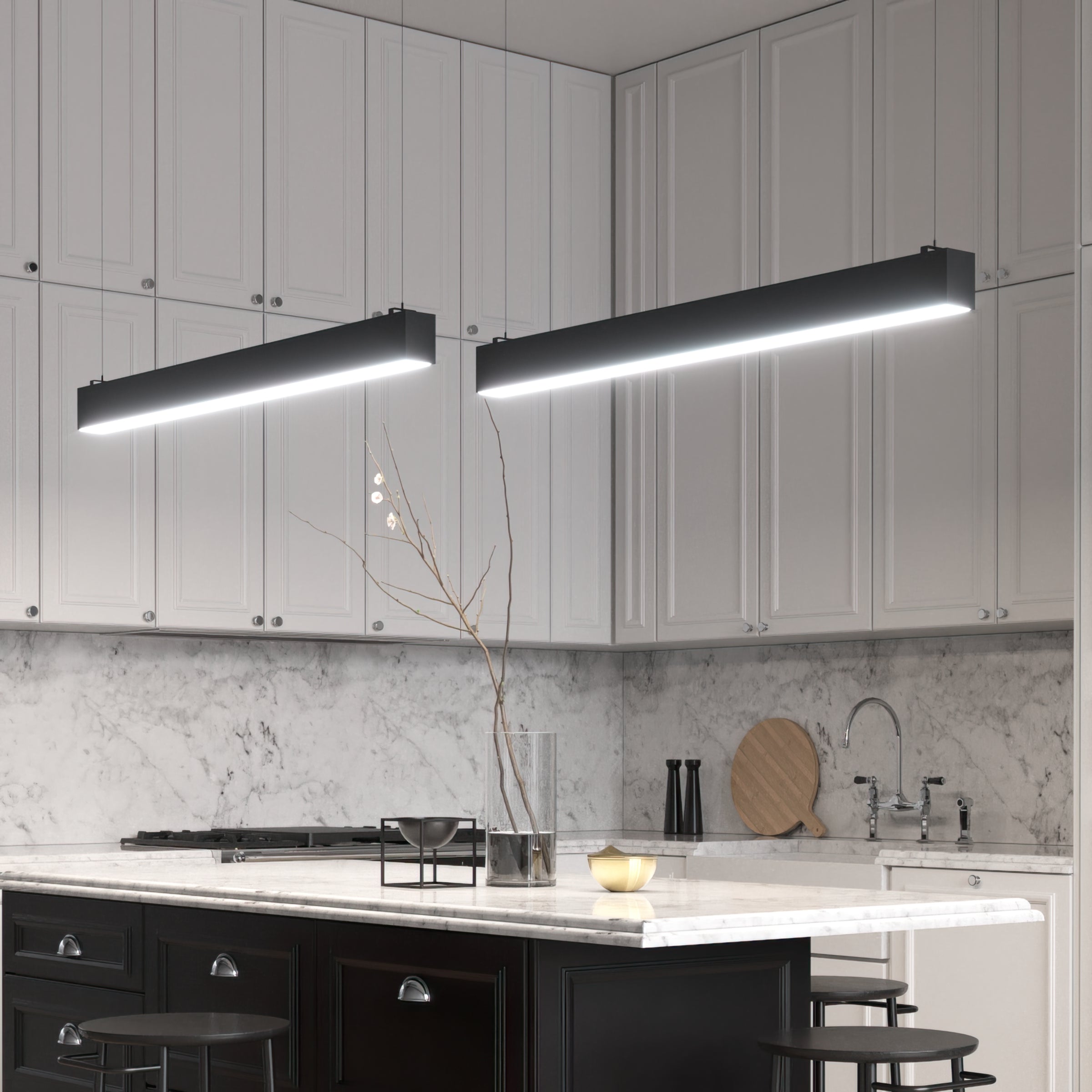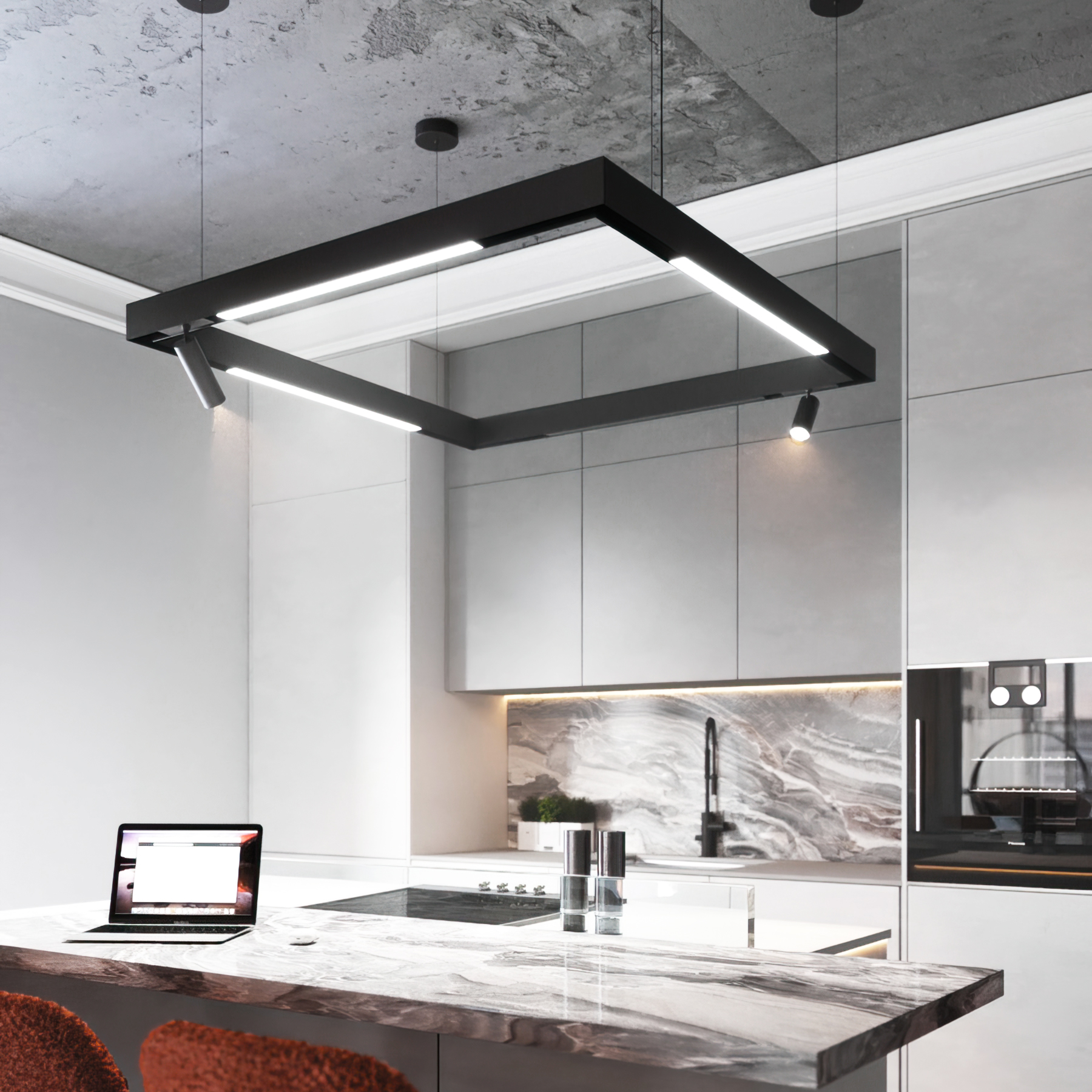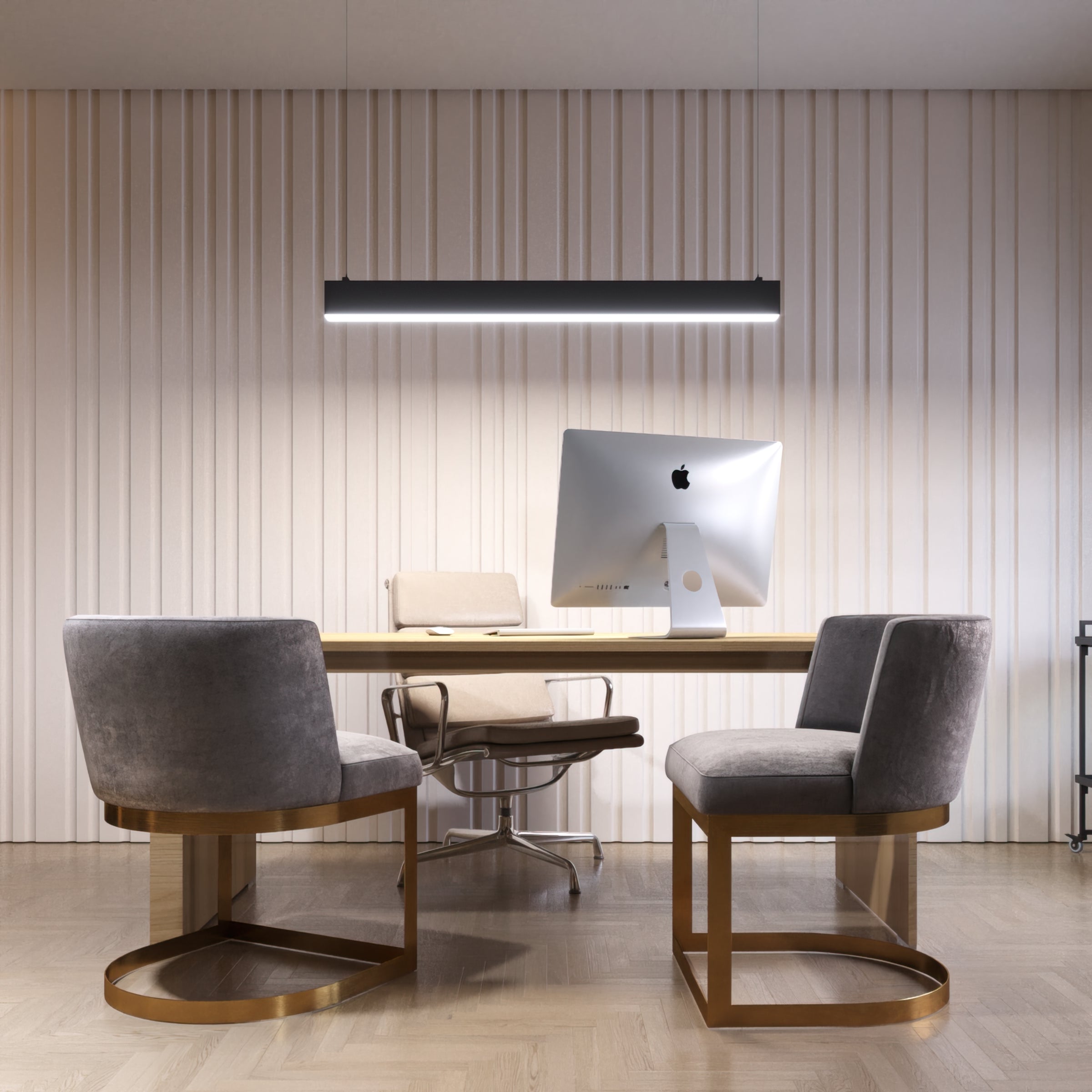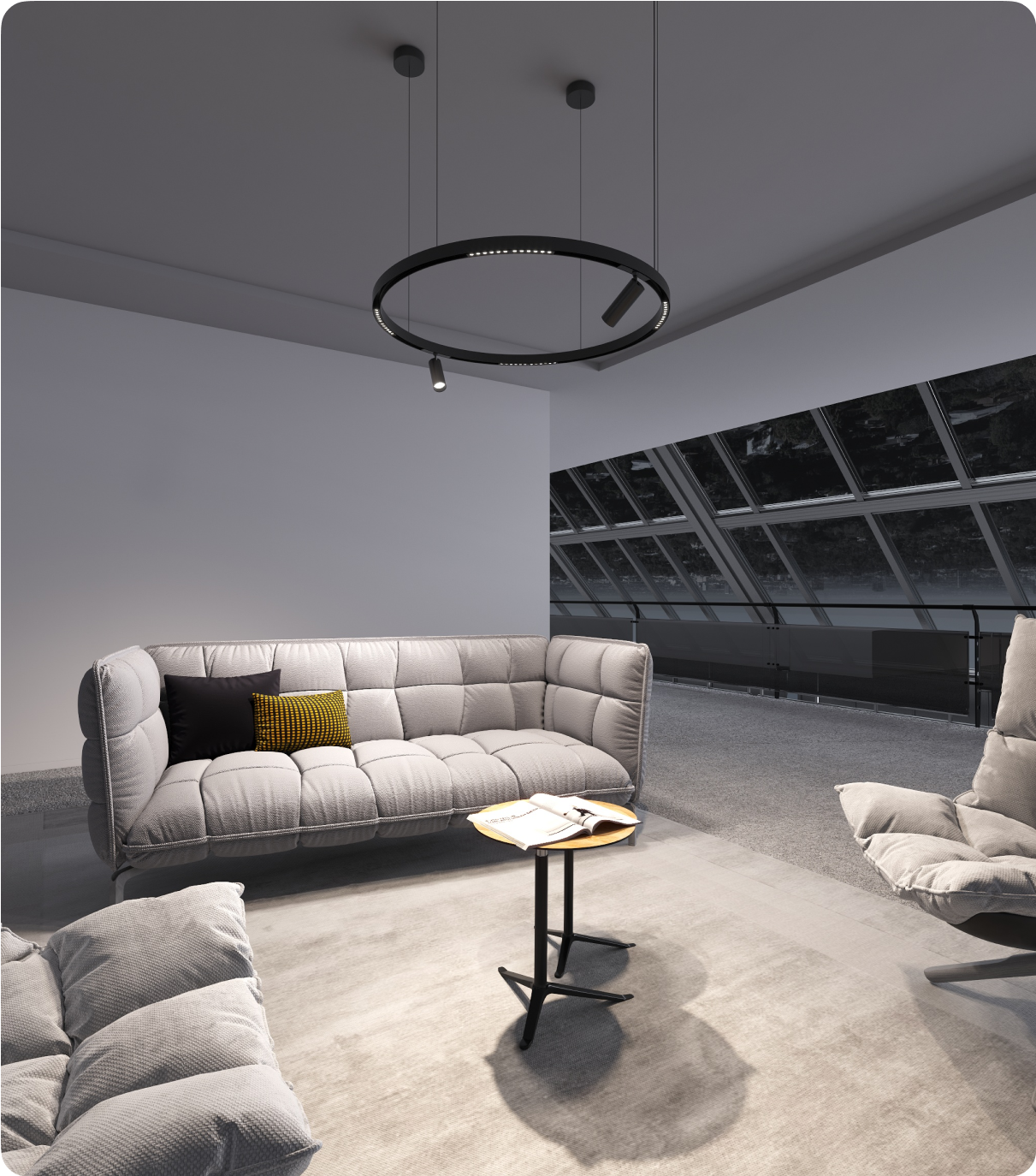Light color has a profound impact on our minds and body. From influencing our mood and emotions to regulating our sleep-wake cycle, the color of light we are exposed to can significantly affect our overall well-being. In this blog post, we will explore the fascinating effects of light color on different aspects of our lives, including what LED light color wakes you up. We will delve into the science behind how different light colors can stimulate or relax our senses, the benefits of different color lights, and the differences between yellow light and white light. Get ready to discover the surprising ways lighting color can shape our daily experiences.
Effects of Colored LED Lights on Human
Light can be measured in various ways, and scientists who study light have recognized the significance of color and its impact. They have developed a metric to describe the quality of light produced by light bulbs, particularly the color and atmosphere they create. Additionally, researchers have discovered that the intensity and direction of light can also influence our perception and well-being. When it comes to LED lighting color for relaxation, it is crucial to consider warm tones such as yellow or orange, which create a soothing and sleep-friendly atmosphere.
Let's begin by discussing warm and cool light, representing the two ends of the color spectrum. Warm light, often characterized by a yellow hue, has a mood-brightening effect, resembling the natural sunlight that brings warmth and comfort. This is why most home light bulbs emit a yellowish glow to create a cozy and relaxing atmosphere. On the other hand, cool light contains blue hues and is commonly used in work environments to stimulate productivity and focus. It has been found that blue light exposure from computer screens can affect our sleep patterns by suppressing melatonin secretion, an essential hormone for a good night's rest.
Moreover, color has a profound effect on our emotions. Many businesses strategically use colored lighting to elicit specific reactions from their customers. For example, tech companies often incorporate colors in their software interfaces to create a user-friendly and visually appealing experience. Similarly, restaurants carefully choose colors to make customers feel welcome, relaxed, or hungry. In kitchen settings, blue light is often utilized to promote productivity and efficiency. It's fascinating to explore the different emotional responses that various lighting colors can generate.
The theory of light goes beyond its measurement and extends to understanding its effects on our mood, productivity, and overall well-being. By considering the color, intensity, and direction of light, you can know what LED lighting color helps you focus, enhance your experiences, and positively impact your lives.
Color Lighting for a Good Sleep
Blue light VS yellow light are generally considered to be less suitable for bedroom lighting due to their potential negative effects on sleep. Many of us are already aware of the drawbacks of blue light emitted by electronic screens, which can disrupt sleep quality. This is particularly true for babies and children, who are especially sensitive to the negative impact of blue and white light before going to bed.
Additionally, studies have shown that cool color LEDs, such as blue and green, can enhance focus while inhibiting the production of melatonin, a hormone crucial for a restful night's sleep. That is why white light is often used in environments that aim to keep people awake, as highlighted in a comprehensive 2011 study published in the Journal of Clinical Endocrinology and Metabolism. Daily exposure to white light can overwhelm a child's sleep patterns and potentially lead to the development of various sleep-related issues.
Therefore, it is significant to carefully consider the choice of lighting colors for mood in bedrooms, especially for young children. Opting for warmer tones of light, such as yellow or orange, can create a more soothing and sleep-friendly atmosphere. These warmer colors have been found to have a lesser impact on melatonin production and promote a more relaxed state conducive to quality sleep. This simple adjustment to the bedroom lighting can help ensure a better night's sleep and contribute to overall well-being.
Color Lighting to Provide Productive Studying
Is yellow light good for studying? Using lighting that closely resembles natural daylight is highly logical and beneficial. The concept of color temperature plays a crucial role in achieving this. Color temperature, which is measured in Kelvin (K), indicates the color appearance of white light emitted by a light source. It's fascinating that different color temperatures can create varying atmospheres and impact our visual perception.
To gain a deeper understanding, let's delve into an illustrative example. Consider the warm and inviting glow of candlelight, which has a color temperature of approximately 1800K. On the opposite end of the spectrum, we have the cool and crisp light of daylight on a wintry day, boasting a color temperature of around 6500K. Examining these extremes allows us to appreciate the wide range of color temperatures and their effects on our surroundings.
Now, let's focus specifically on LED light effects. Warm white LEDs usually have color temperatures of around 2700K, giving off a cozy and relaxing ambiance. There are extra warm white LEDs with color temperatures hovering around 2200K for an even warmer glow. However, when creating an environment that closely mimics natural light for optimal studying conditions, selecting LED bulbs with a color temperature of approximately 4000K is recommended. These bulbs, known as natural white LED bulbs, strike a balance between warm and cool light, offering a neutral and pleasant illumination.
Considering the importance of creating an ideal study environment, we highly recommend opting for LED bulbs with a color temperature of about 4000K for your study room. By doing so, you can ensure that the lighting is conducive to focus, concentration, and overall productivity. Furthermore, it is worth mentioning that considering the color rendering index (CRI) is also essential. The CRI measures the ability of a light source to render colors accurately, making it a valuable factor to consider when selecting lighting specifically for studying purposes.





